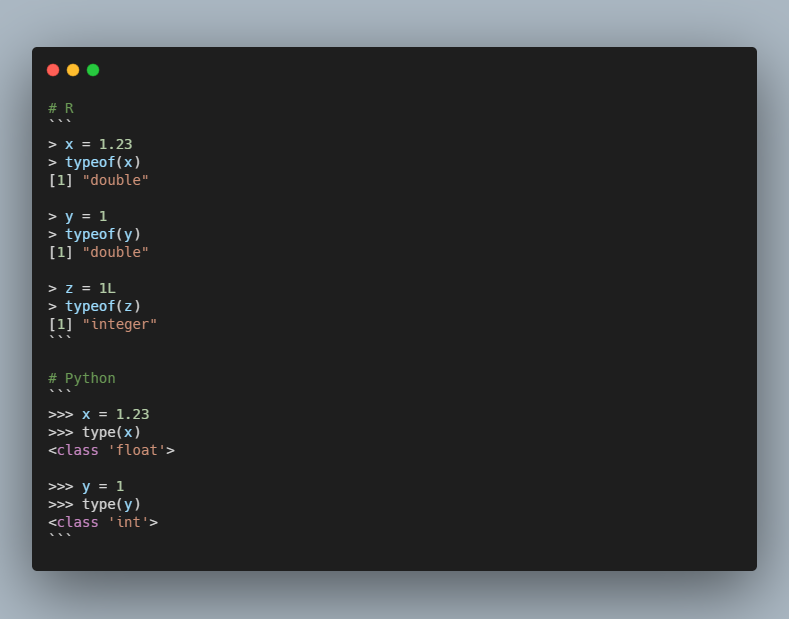
By default when you create a factor in R, the `NA`'s are not included as a level. Which of the following would include `NA` as a level? [see_image_1] #RStats #DataScience [TimeStamp:12032021033052] 

Options:
1. `x = factor(c(1,1,2,NA))`
2. `x = factor(c(1,1,2,NA), levels = c(1,2,NA))`
3. `x = factor(c(1,1,2,"NA"))`
4. `x = factor(c(1,1,2,NA), exclude=NULL)`
1. `x = factor(c(1,1,2,NA))`
2. `x = factor(c(1,1,2,NA), levels = c(1,2,NA))`
3. `x = factor(c(1,1,2,"NA"))`
4. `x = factor(c(1,1,2,NA), exclude=NULL)`
Correct Option: `x = factor(c(1,1,2,NA), exclude=NULL)`. `factor()` takes an additional argument `exclude`, which can be used to exclude levels. `exclude` can be a vector, which excludes the characters (or numbers) from a given #RStats #DataScience [TimeStamp:12032021163031]
factor `f`. Excluding non-existing character levels is equivalent to excluding nothing. By default `exclude=NA`, hence `NA` is not shown as a level. By setting `exclude=NULL`, you are explicitly mentioning to exclude nothing #RStats #DataScience [TimeStamp:12032021163031]
• • •
Missing some Tweet in this thread? You can try to
force a refresh





